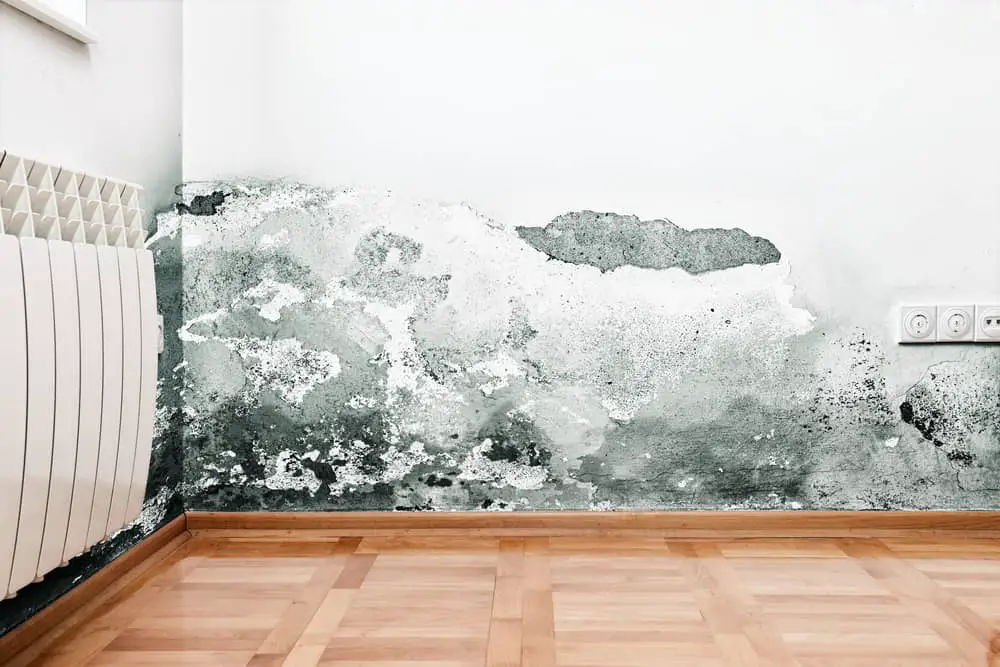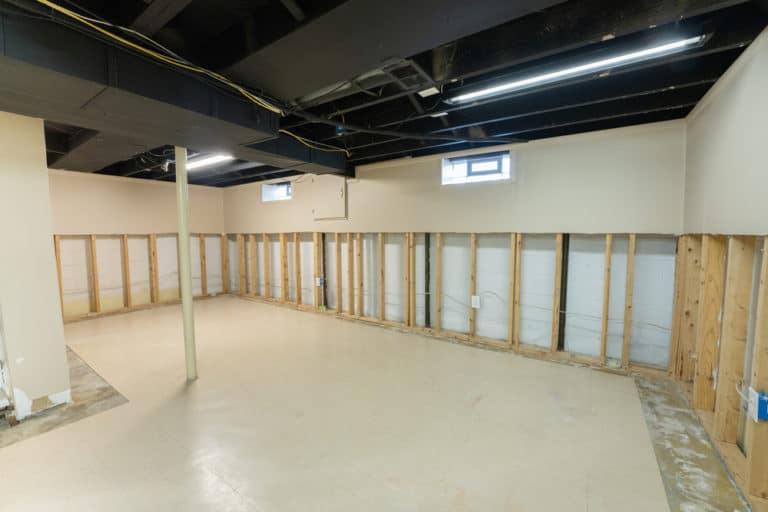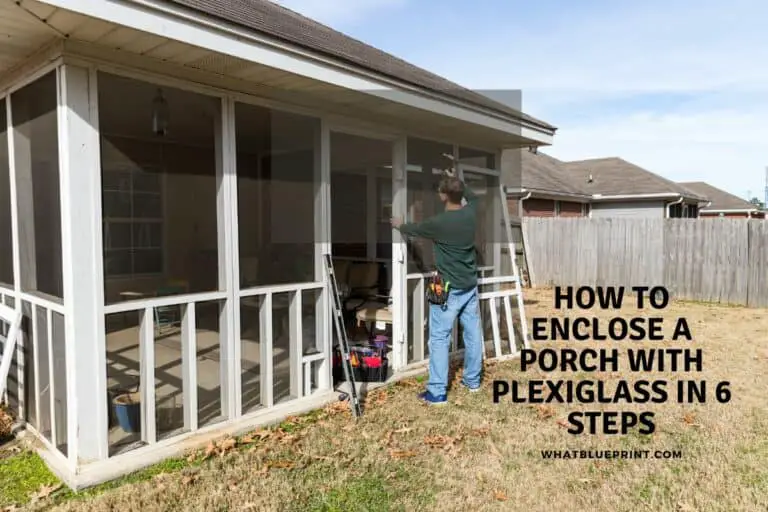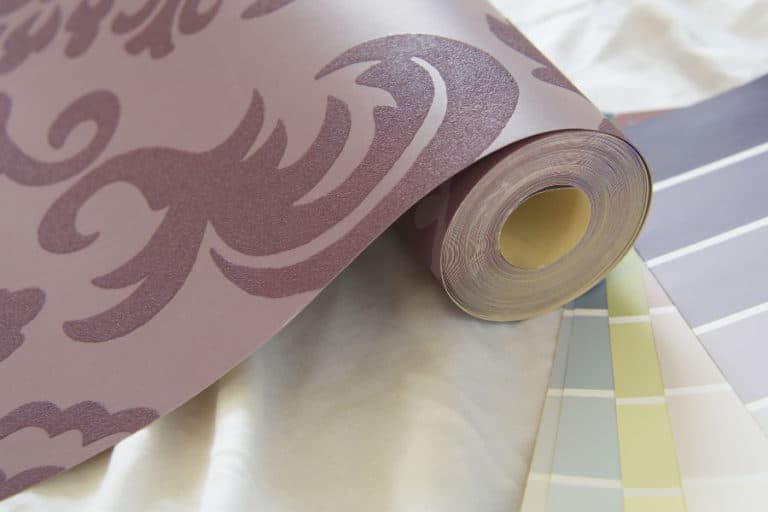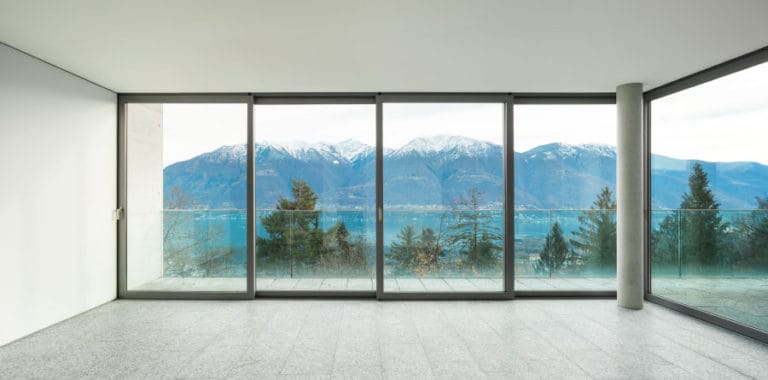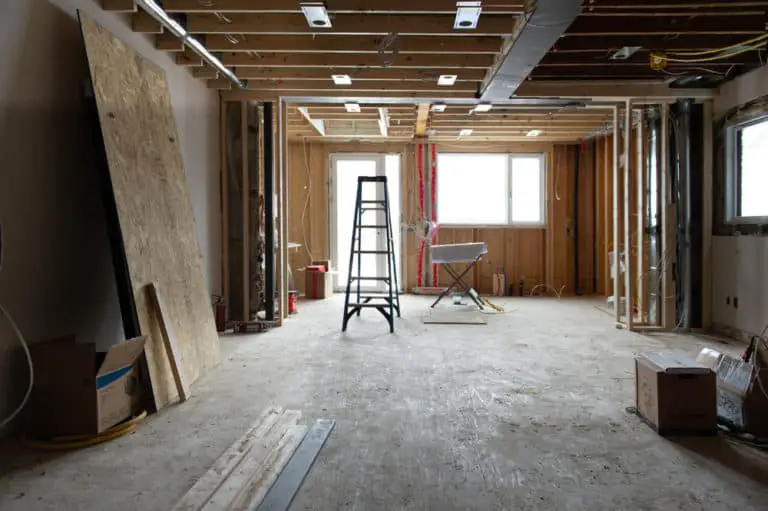Can Rising Damp Affect Internal Walls?
Rising damp is a significant issue in the construction world that can cause enormous frustration for homeowners and contractors alike. Rising damp creates a highly unpleasant aesthetic, but it can potentially damage the building’s structure in the long term.
Rising damp is less likely to affect internal walls unless they are loadbearing walls that reach the foundation level. This is because most internal walls do not have contact with the earth below the house, so there is no way for them to wick up water from the ground below.
While rising damp can potentially cause significant issues with the interior of your home and its exterior, there are numerous ways in which it can be fixed to eliminate its potential to cause permanent, long-term damage that will affect the building’s structure on the whole.
Can Rising Damp Affect Internal Walls?
Rising damp can affect internal walls just as easily as external walls, but only if the interior walls under discussion are loadbearing interior walls that reach the foundation level.
Rising damp occurs due to the wall wicking up water from the earth below through capillary action. However, this can only occur if nothing prevents the water from moving up through the wall.
This is where the concept of a Damp Proof Course (DPC) comes into play. DPCs have been used for over a century to prevent moisture in the ground from moving up the wall and causing damage.
This is why older buildings without a DPC, or any building where the DPC has become damaged, can have issues with rising damp.
Unless they are loadbearing walls that reach down to foundation level, most interior walls sit on top of the floor slab. Therefore, this type of wall does not come into contact with the ground below. Resultantly, there is no way for the moisture in the ground to make its way into the wall.
Depending on your location, many interior walls are simply partition walls and are often stud walls constructed out of timber and drywall. Interior partition walls can also be built out of brick. Still, they will not be affected by rising damp unless they contact the ground below.
Bearing the above in mind, the interior side of an external-facing wall is affected differently. This is because despite having one side facing the interior of the building, the external wall is structural, loadbearing, and naturally reaches down to the foundation level.
As a result, the wall is in contact with the earth below and can potentially wick up water if there is a problem with – or a lack of – damp-proof course.
On the interior side of external walls, however, rising damp shows up as a stain along the faces of the walls at heights up to 1.2m, with deteriorating paint and plaster, loose wallpaper, and salt formation on the surface of the walls.
How Do You Determine If An Interior Wall Is Loadbearing?
Because only loadbearing walls that reach foundation level can be directly affected by rising damp, it is crucial to know how to identify this type of wall. The easiest way to identify this is to enter the basement or crawlspace below the house if there is one present.
If the wall in question extends down below the house, it is a loadbearing wall that makes contact with the ground below.
Any interior walls that span multiple floors will most likely have their own foundations and will be susceptible to rising damp. This is because a wall such as this supports the weight of the wall above it and potentially supports the floor slab.
Any thicker walls towards the center of the house are also likely to be loadbearing walls. Interior walls located near chimney breasts tend to spread the load from the floors above and the roof, so these are also the types of walls that will reach foundation level and potentially be susceptible to rising damp.
What Causes Rising Damp?
While preventing rising damp and fixing it once it becomes a problem can both be complex tasks, the cause of rising damp is somewhat simple. The ground below a house is inherently moist, as earth possesses a certain degree of moisture.
The moisture levels in the ground can be made significantly higher due to external water sources such as irrigation, leaking pipes, and heavy downfalls of rain. If the water cannot drain away quickly enough, it can start to soak up into the walls.
Because bricks possess a certain degree of porosity, they can absorb water through their pores. This moisture makes its way up the walls to a point where gravity prevents it from moving further.
This is where the concept of the damp proof course came about. The damp-proof course was only brought about in the late 1800s. Its purpose was to prevent moisture movement in an upward direction through the brickwork.
The concept of the damp proof course is simple. It consists of a non-porous material such as plastic or slate that creates a barrier within the wall just above ground level. As a result of the barrier, any moisture that enters the wall from the ground will be unable to move any further up the wall.
If there is no DPC present, it can be extremely easy for the moisture in the ground to move up the wall. Several other factors can also cause rising damp. For example, suppose the soil along the house’s exterior wall has been piled up too high due to gardening or other factors. There is potential that the earth is at a level above the DPC in that case.
As a result, moisture can seep into the wall from the ground above DPC level, essentially rendering the DPC pointless.
The Concept Of Capillary Action
Capillary action refers to the ability of water to move through small gaps and spaces in materials without being forced to move. To see capillary action work, simply dip a roll of kitchen paper into a small bowl of water and see how the water moves up through the material.
Alternatively, place a brick into the water and see how the damp level rises within the brick. It becomes evident that the brick is absorbing water as its color starts to become darker as the water moves higher and higher up the brick by traveling through its pores.
Another term for capillary action is wicking. It occurs in porous materials but can also occur in materials that are not typically considered porous. The amount of space water needs to move via capillary action is tiny. Once the water starts to absorb into the material, it is quickly sucked up like water through a straw.
While there have been reports of moisture making its way up walls at heights of up to five meters, rising damp will generally only travel up walls to around 1 ½ meters. The main reason for this is gravity. Capillary action can only allow the water to move up the wall so high before gravity prevents it from moving any higher.
Bridging Of The DPC
Despite the presence of a DPC, it can quite quickly become bridged, essentially defeating its purpose. As a result of bridging, the DPC can lose its ability to prevent the upward movement of rising damp through the material. You will have rising damp problems despite the presence of a DPC.
Bridging usually occurs due to a fault that occurs during the construction of the building, allowing the damp to travel past the DPC. This can occur despite the DPC being fully intact and properly installed.
If there is debris in the wall cavity or the subfloor void, it creates the opportunity for water to move past the DPC and up the wall. The presence of this debris quite literally creates a bridge between the part of the wall below the DPC and the section above it.
This allows water to travel through these materials, bypassing the DPC and continuing its path up the wall.
Another cause of bridging can be the presence of plaster/rendering overlapping the DPC. This could be on the inside or the outside of the building.
Because rendering is also essentially a porous material and can absorb moisture, the moisture from below the DPC can move up through this overlapping plaster, past the DPC, and into the plaster and the wall above.
Another cause of bridging is the external ground levels. Suppose the ground level on the exterior side of the wall gets to be higher than the DPC. In that case, the moisture from the ground will naturally bypass the DPC and soak into the wall above it.
When working in the garden and creating flowerbeds, some people do not consider the positioning of the wall’s DPC, primarily due to not being aware of it. As a result, they may pile on soil and compost year after year, ultimately raising the ground level above the level of the DPC.
The first step in removing this moisture bridge and preventing further moisture from moving up the wall will be to remove the ground that sits higher than the DPC, simply bringing it down to a level below the DPC to allow this construction element to function optimally.
In some cases, incorrect insulation materials can be used within the cavity of the walls. This insulation can absorb moisture, inadvertently creating a bridge through which moisture can travel upwards through the wall.
Another possible cause of bridging is a solid floor. If the floor is not installed correctly, moisture can make its way through the floor material and into the wall above. Intersecting masonry structures on a property can also create a moisture bridge, as can garden walls attached to the house itself.
Signs Of Rising Damp
Rising damp is relatively easy to spot internally. Unfortunately, by the time it becomes apparent, it has already advanced significantly and will require significant intervention to repair.
As moisture is absorbed into the brickwork, the walls become stained. There is usually a “tide mark” or a stain that can appear on the wall up to 1.5m above floor level.
As the moisture levels in the walls increase, the plaster and the paint start to deteriorate, the wallpaper becomes loose and detaches, and salt forms on the wall’s surface. This salt formation leads to further debonding of the paint and plaster on the wall.
If left for a significant period, the moisture in the wall will result in structural damage and the growth of mold and mildew within the wall. Besides the structural risks posed by moisture damage, mold poses several health risks to the occupants of a building.
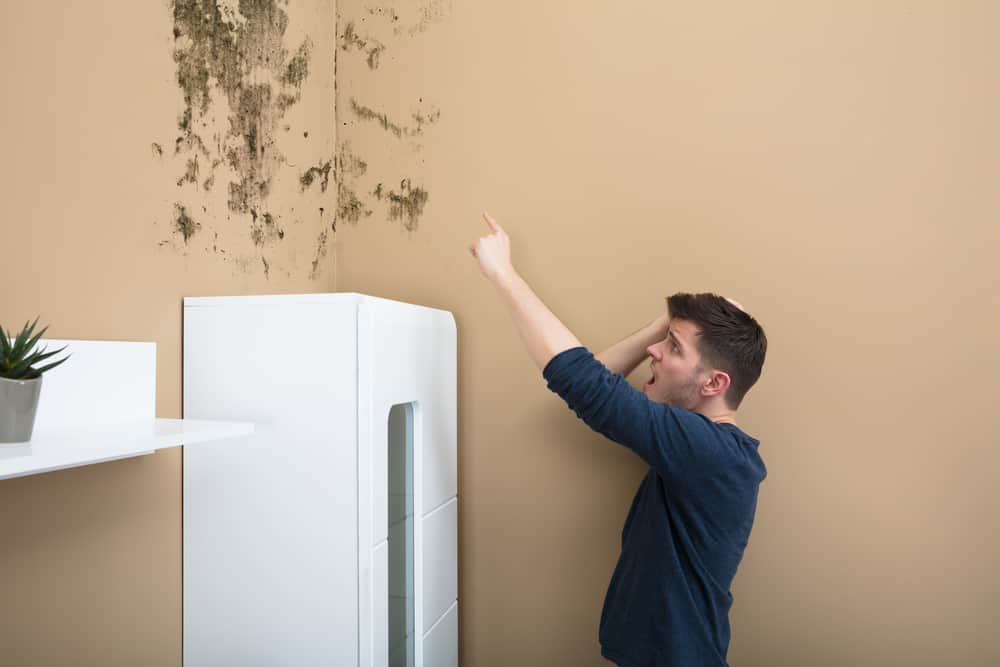
How To Repair Rising Damp
One of the most effective ways of repairing rising damp is installing a new DPC. The easiest way to do this is by using one of the DPC creams currently available on the market. These chemicals are injected into the masonry through pre-drilled holes.
As the cream enters the holes in the wall, it becomes a liquid that soaks into the wall and creates a moisture barrier. This prevents moisture from being able to move up the wall again.
If the ground level is higher than the DPC, this will have to be rectified before any repairs can begin. Plaster and paint must be removed, and this can be replaced only once the wall has had sufficient time to dry out properly once the new DPC has been installed.
Ideally, any materials that are potentially causing bridging of moisture into the wall should be removed to prevent bridging in the future.
Conclusion
Rising damp is a relatively common problem in homes and commercial buildings alike. It can occur as a result of several causes. At an elementary level, rising damp is simply moisture that moves up through walls due to a lack of anything preventing its upward movement. Thankfully, there are a few methods to stop rising damp from causing any further havoc than it already has while preventing it from occurring again.
Sources
- https://www.safeguardeurope.com/rising-damp/treatment
- https://www.cjhole.co.uk/news/internal-damp-causes-solutions
- https://www.envirovent.com/help-and-advice/why-ventilate/damp-problems/why-do-i-get-damp-patches-on-internal-walls/
- https://www.rawlinspaints.com/blog/treating-rising-damp/
- https://www.homelogic.co.uk/top-8-causes-of-damp-on-internal-walls
- https://www.permagard.co.uk/advice/how-to-treat-rising-damp
- https://advanceddamp.co.uk/blog/rising-damp-patches-on-internal-walls/
- https://thedampbuster.com/can-you-get-rising-damp-on-internal-walls/
- https://www.aquadampproof.co.za/rising-damp-solutions?gclid=CjwKCAjwrfCRBhAXEiwAnkmKmUXxH0QEaucKtN8dG0gADSbtlN3ZJr9XOE0q-JZ0PMOKB8rBqmr_LRoCq7AQAvD_BwE
- https://www.buco.co.za/seapoint/rising-damp#:~:text=Rising%20damp%20happens%20when%20water,people%20living%20in%20the%20home

